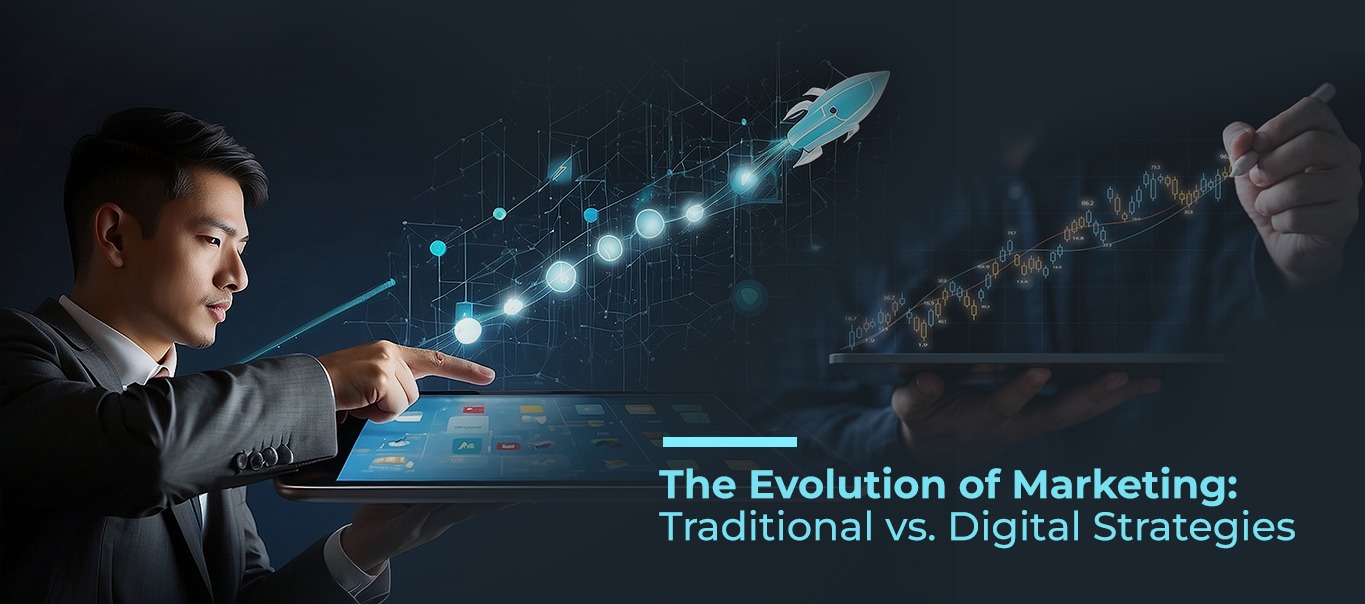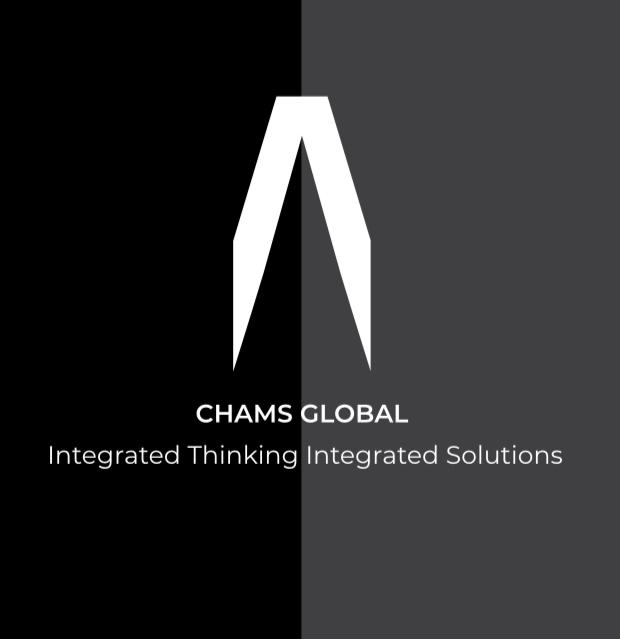The field of marketing has experienced a significant shift from conventional to digital tactics. Conventional marketing techniques have been essential for building brand reputation and reaching large audiences. These techniques include print ads, radio and television commercials, billboards, and direct mail. These strategies offer a physical presence and work especially well in regional marketplaces. Nevertheless, they frequently have high prices, little contact, and make it challenging to gauge their effectiveness and ROI.
- Print Advertising: Newspapers, magazines, brochures, and flyers.
- Broadcast Advertising: Television and radio commercials.
- Direct Mail: Catalogs, postcards, and newsletters sent via postal services.
- Outdoor Advertising: Billboards, banners, and posters.
- Event Marketing: Trade shows, fairs, and sponsorships.
Traditional Marketing : The Foundation of Advertising
Traditional marketing encompasses various long-standing methods that have been used to reach audiences before the internet era. These include:
- High Costs: TV ads, billboards, and print media can be expensive, with costs often outweighing those of digital alternatives.
- Limited Interaction: Traditional methods do not allow for real-time interaction with consumers.
- Difficulty in Measurement: Tracking the effectiveness of campaigns can be challenging without clear metrics.
Limitations of Traditional Marketing
- Search Engine Optimization (SEO): Enhancing website visibility in search engine results
- Social Media Marketing: Using platforms like Facebook, Instagram, Twitter, and LinkedIn
- Content Marketing: Blogs, videos, podcasts, and infographics.
- Email Marketing: Targeted email campaigns to nurture leads.
- Pay-Per-Click (PPC): Online ads where advertisers pay per click
- Affiliate Marketing: Promoting products through affiliates to earn commissions.
Digital Marketing: The New Frontier
Digital marketing utilizes online platforms and technologies to engage with consumers. Key components include
- Cost-Effectiveness: Often cheaper than traditional methods with better ROI.
- Targeted Reach: Ability to target specific demographics, interests, and behaviors.
- Measurable Results: Detailed analytics and data tracking to measure campaign success.
- Real-Time Interaction: Engaging with audiences instantly through comments, messages, and social media interactions.
- Global Reach: Easily reaching international audiences without geographical constraints.
Benefits of Digital Marketing
- Digital Divide: Not all demographics are equally represented online.
- Ad Fatigue: Users can become overwhelmed by the sheer volume of online ads.
- Security and Privacy Concerns: Digital marketing can raise issues regarding data privacy and security.
Limitations of Digital Marketing
- Cross-Promotion: Using TV ads to drive traffic to a social media campaign or website.
- Content Repurposing: Turning a printed brochure into a downloadable e-book.
- Event Marketing: Promoting live events online through social media and email campaigns.
- Unified Branding: Ensuring consistency in brand messaging across all traditional and digital platforms.
The Future: Integrating Traditional and Digital Strategies
The most effective marketing strategies often blend traditional and digital approaches. Here are a few integrated tactics
The evolution of marketing from traditional to digital strategies reflects the changing landscape of consumer behavior and technological advancement. Both methods have unique advantages and limitations, and the most successful campaigns often integrate elements of both. As we move forward, staying adaptable and leveraging the strengths of both traditional and digital marketing will be key to capturing and retaining audience attention.






